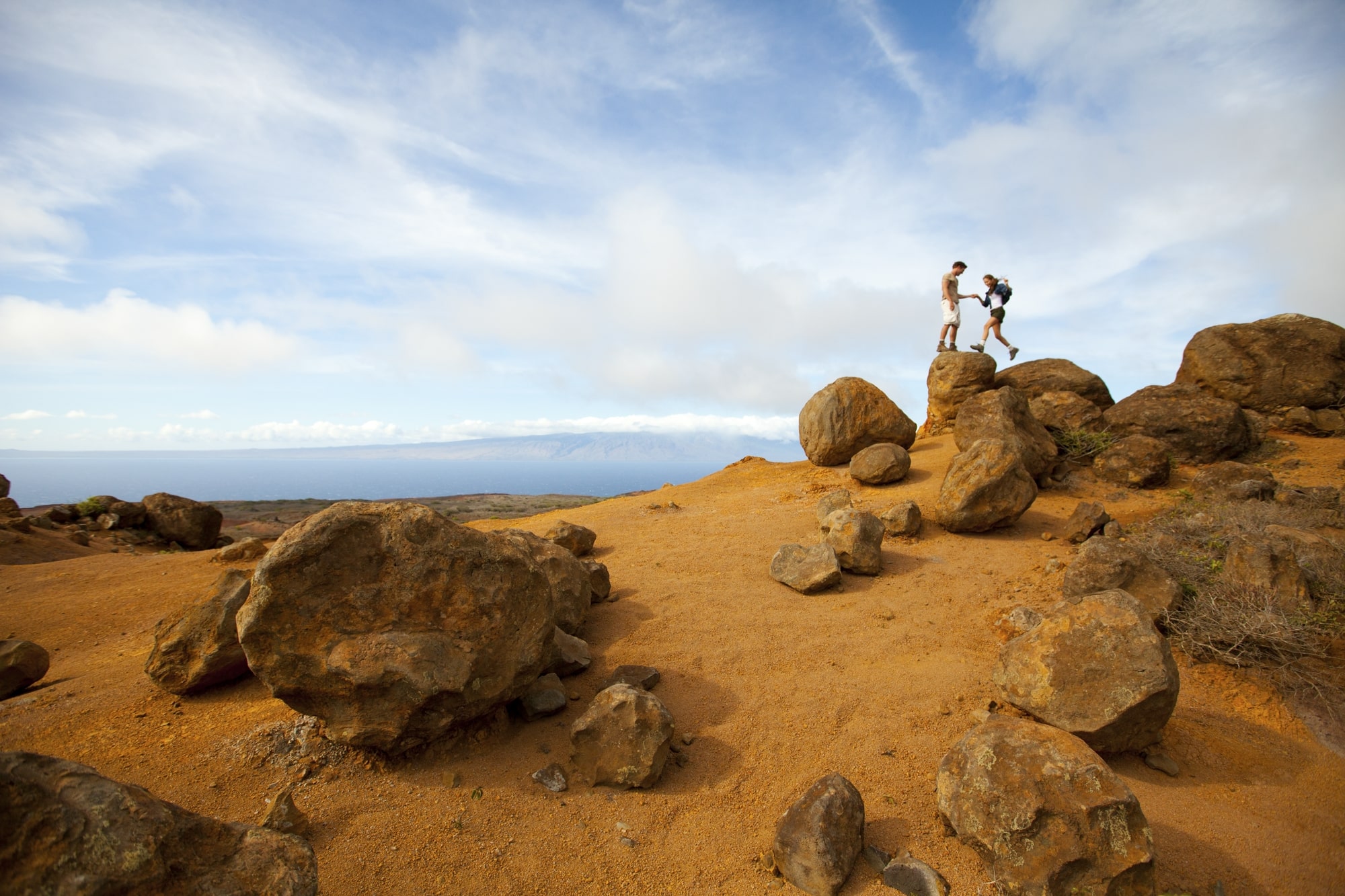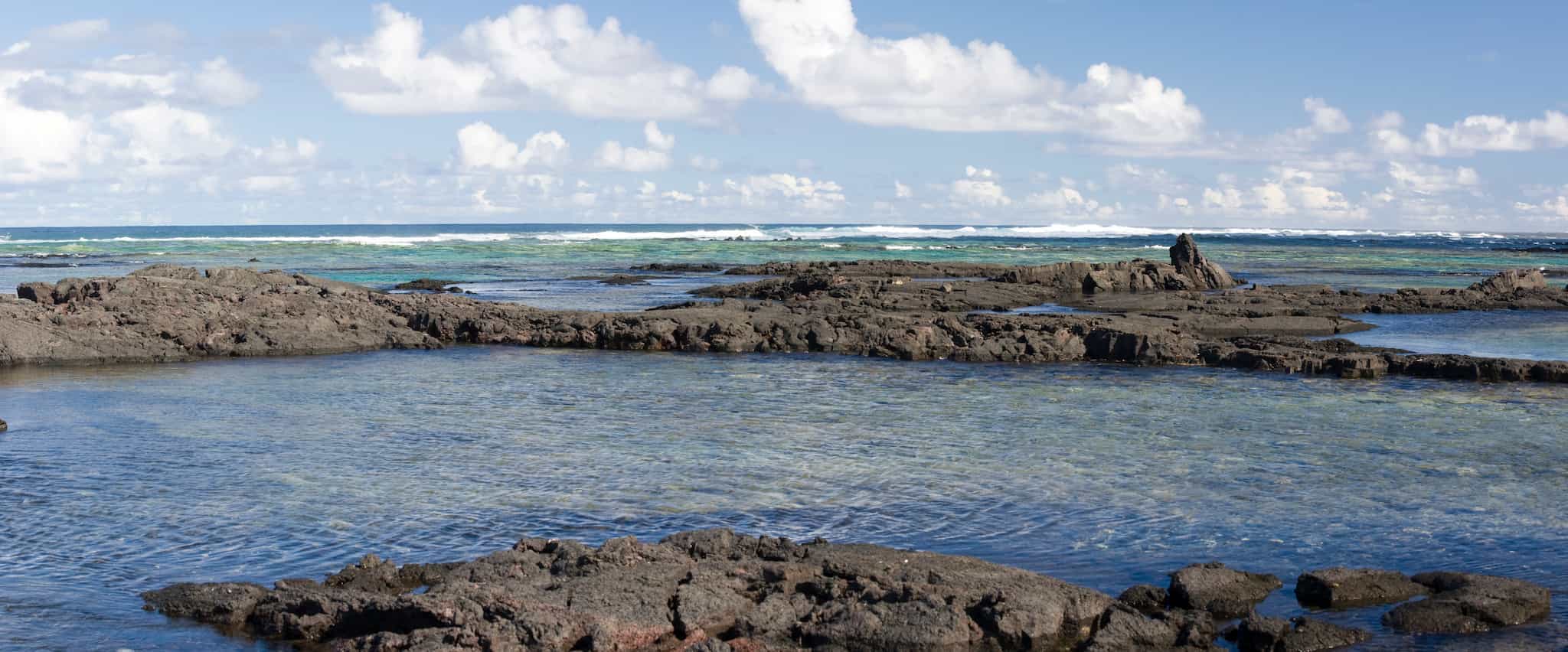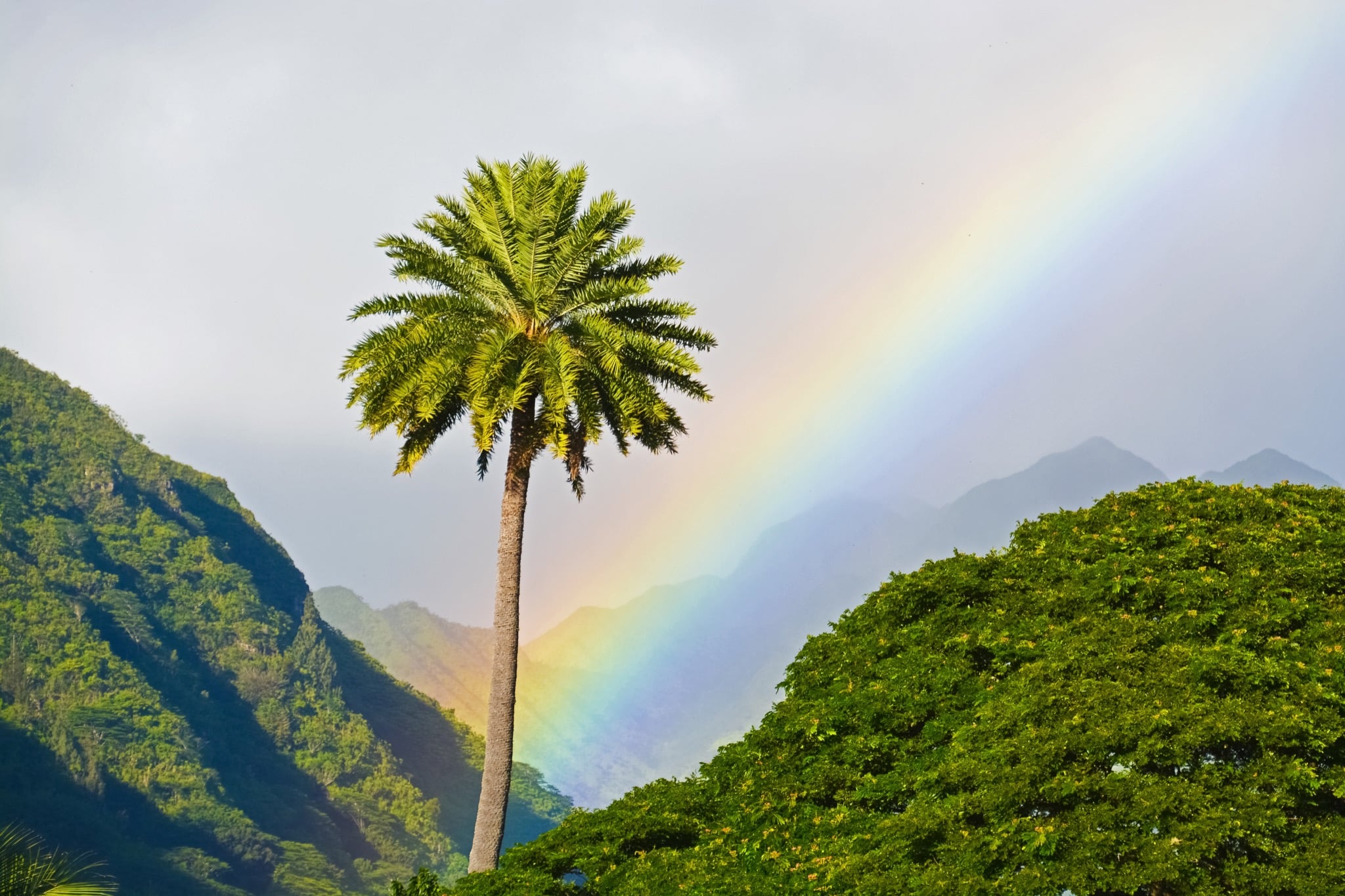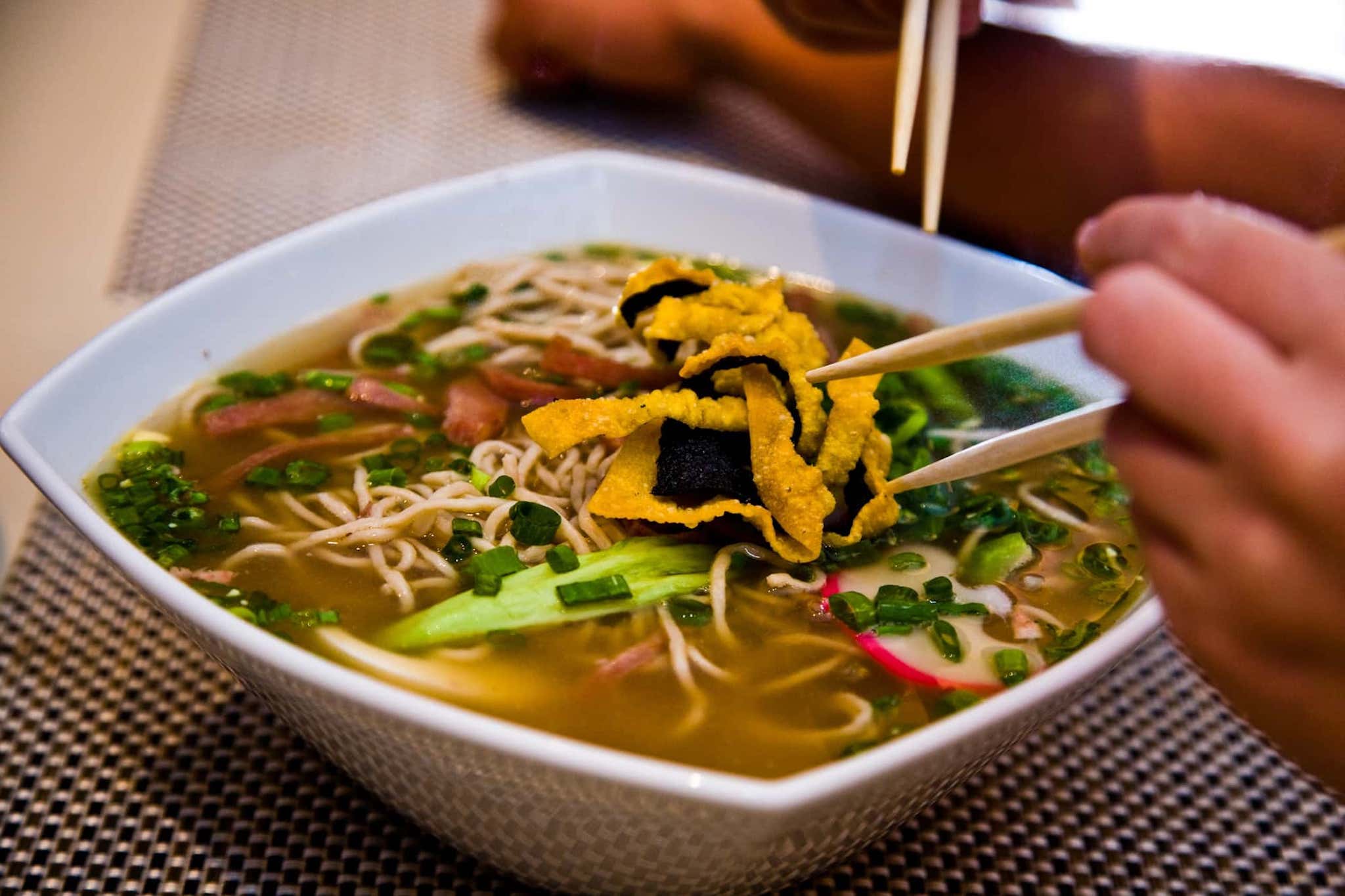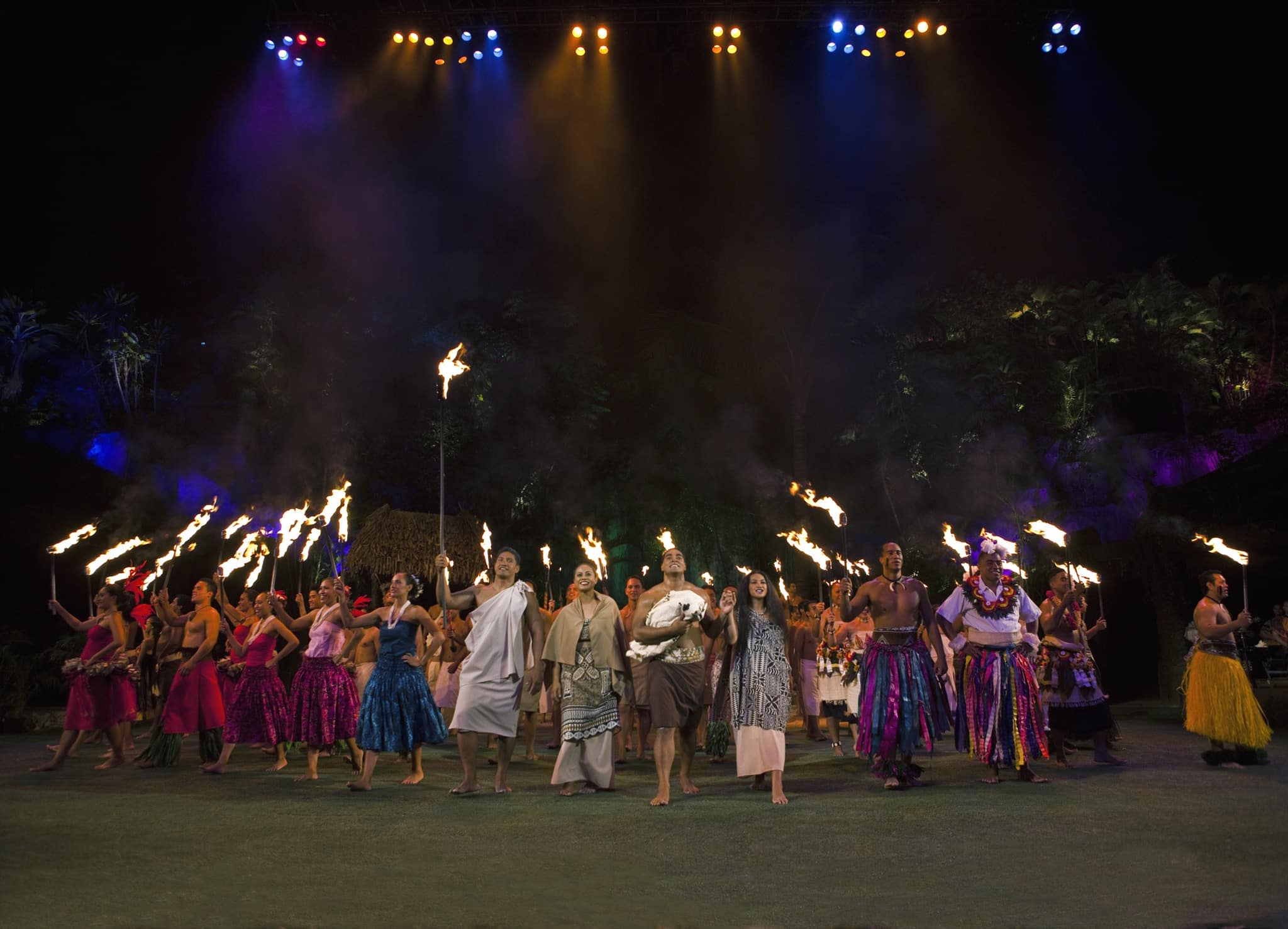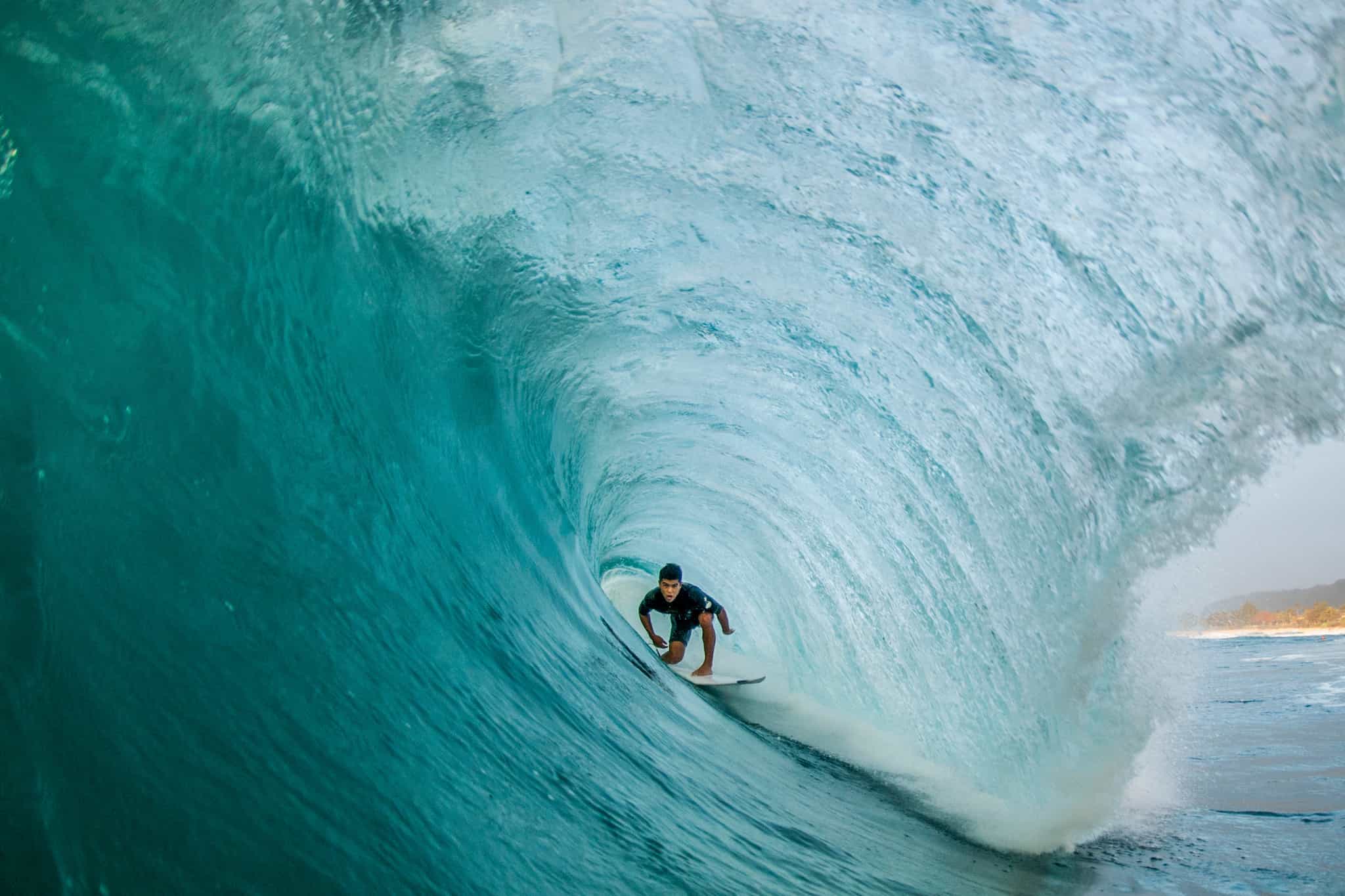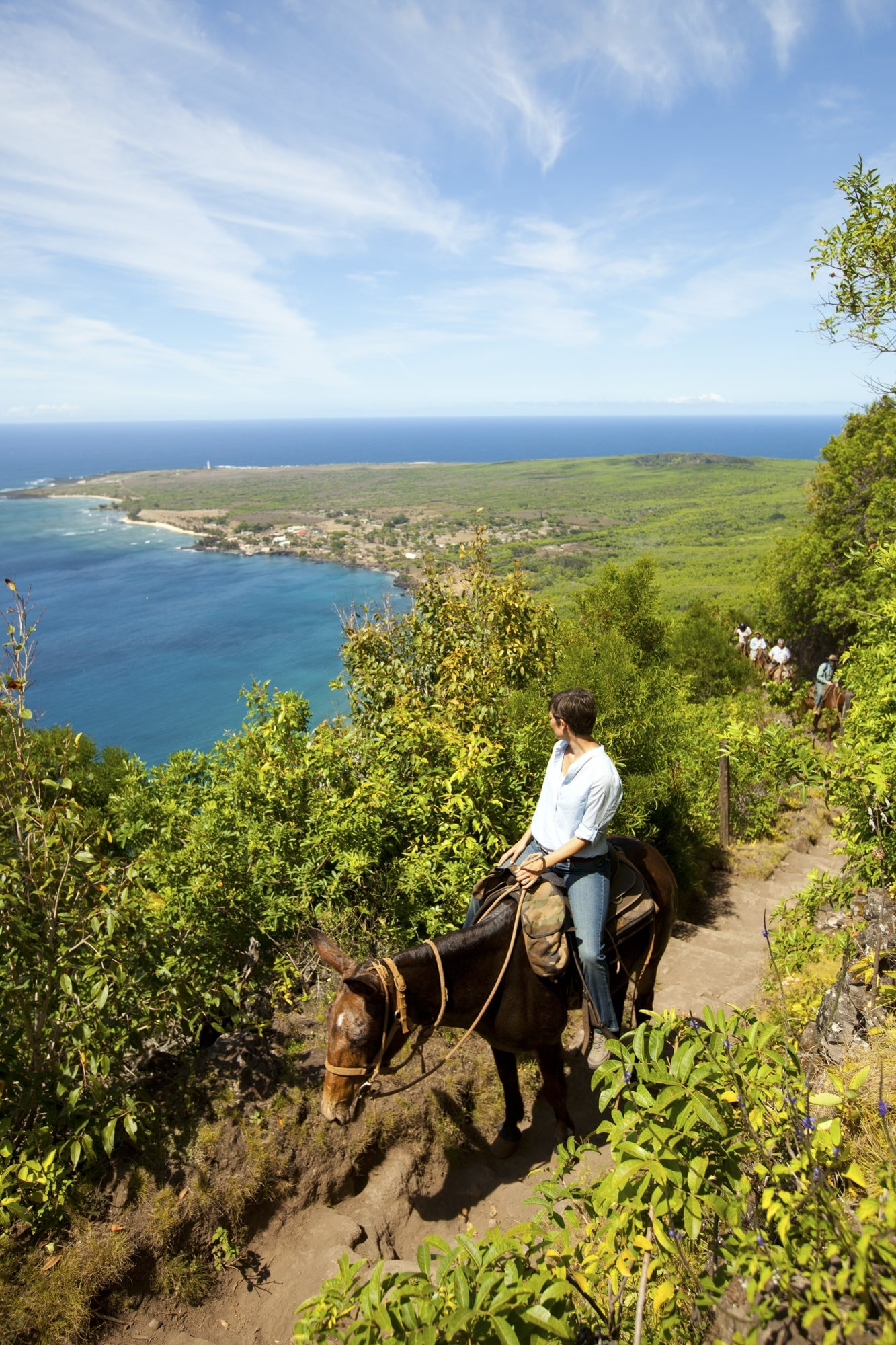The smallest and least populous of Hawaii’s six major islands, Lanai blends natural beauty and small-town quietude with first-class service, thanks to a pair of upscale resort properties and their affiliated championship golf courses. Those seeking a beach experience will find one of Hawaii’s finest stretches of protected sand at Manele Bay, while the island’s pine-clad and mist-shrouded central highlands create a vacation experience where morning treks, afternoon tea and sporting clays don’t seem out of place.
1 Pineapples Past
For most of the 20th century, Lanai was owned by the Dole family and was home to the world’s largest single pineapple plantation. The fields now lay fallow, and the former nickname of “Pineapple Island” no longer applies. Reminders of the island’s agricultural past include Lanai City’s Dole Park and the small Hotel Lanai, which was original built to house company managers.
2 Crowd Control
The least populated of Hawaii’s six major islands, Lanai has only 3,000 residents and hosts fewer than 70,000 vacationers each year. On any given day, you’ll probably be sharing the island with fewer than 1,000 other visitors, and many of them have come for the day and will depart with the ferry or catch a flight back to one of the larger islands before evening.
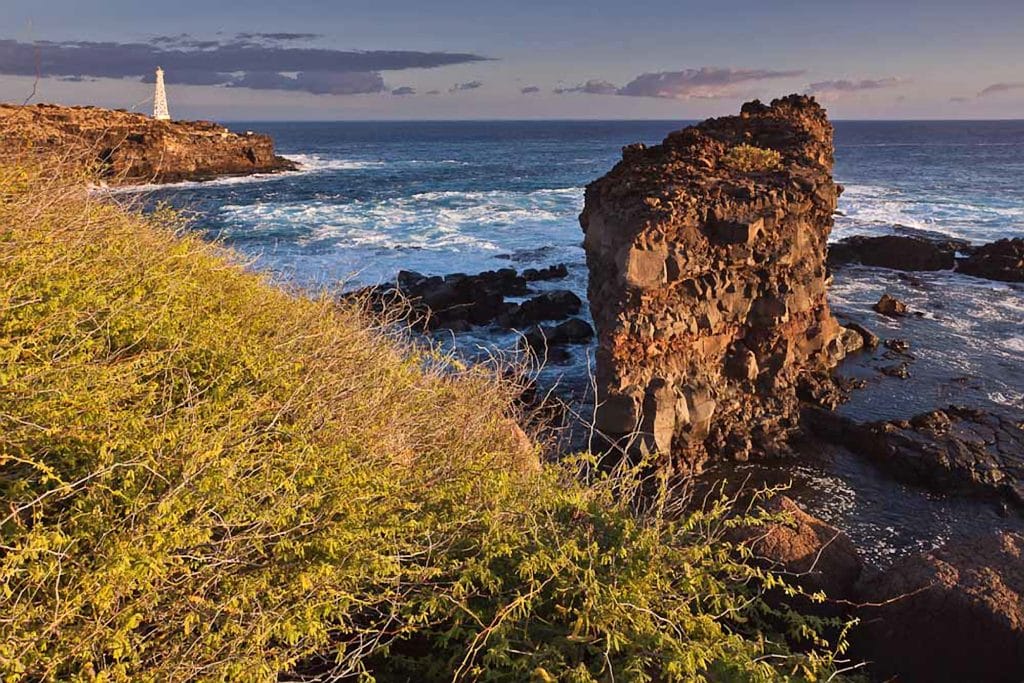
3 Traffic, Light
With just three paved roads and zero traffic lights, it would be hard to get lost on Lanai’s “main roads” (though the island’s numerous dirt tracks are another story). A shuttle links the harbor docks to Lanai City, which, despite the ambitious name, is a village of about 3,000 people, where everything is within walking distance.
4 Trail Blazing
Though paved roads are scarce, some 90,000 acres of Lanai’s backcountry is laced with more than 400 miles of dirt roads and tracks suitable for four-wheel-drive vehicles. Off- road rentals are the best way to reach some of the island’s best beaches and sights. For those willing to go the distance and traverse nearly 60 miles of dirt roads and tracks, Polihua Beach provides the ultimate in seclusion. This two-mile strand overlooks the Molokai channel and is about as far from civilization as one can get in Hawaii.
5 High and Drier
The central highlands of Lanai sit in the rain shadow of Maui, providing a climate that is tempered by altitude but not inundated by the heavy rains that fall on the higher parts of other islands. A substantial portion of the island’s drinking water comes from desalinization, and plans are in the works to quadruple production capacity to ensure there will always be ample supplies.
6 Rocking Out
The dramatic rock formations known as Garden of the Gods appear to be stacked and scattered by some unseen giant’s hand. Geologists claim it is the work of erosion, while local traditions maintain it is the detritus of sky gardens cultivated by island deities. If you are into rocks and solitude, it’s a must-see, but don’t expect interpretive trails or other trappings of more developed natural wonders. Make sure to rent a four-wheel- drive vehicle and get good directions before attempting the bumpy seven-mile drive from Lanai City.
7 New Ownership
The nickname ‘private island’ reflects not only solitude, but the fact that some 98 percent of the island land is held by a single entity. The recent sale to Oracle co-founder Larry Ellison has resulted in an infusion of resources. Among the projects now in the works are upgrades to the island’s two signature resorts, new homes in Lanai City and an airport expansion to potentially accommodate direct flights from the U.S. mainland.
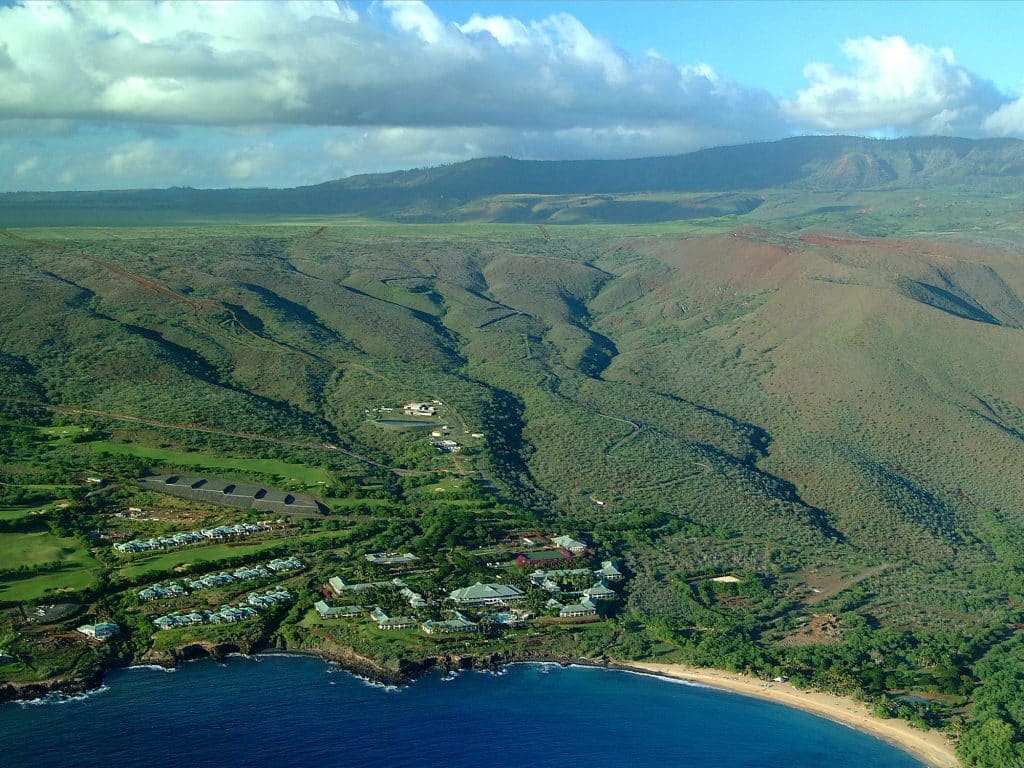
8 A Place for Pines
Lanai’s relatively dry climate is ideal for pine trees. The first Cook Island pines were introduced nearly 150 years ago and now cover much of the island’s central highlands. These trees harvest the fog that sometimes envelopes the slopes and actually return water to the land. A hike along Kaiholena Ridge will take you into the heart of this pine forest.
9 Game Place
Wild sheep and axis deer now roam much of the island’s unsettled backcountry. Managed hunting is used to control the populations of these non-native species, but they are still common sights when hiking or driving the back roads.
10 Five Islands
On a clear day, you can see five islands from the summit of Mount Lanahale: Maui, Molokai, Oahu, Kahoolawe and Hawaii island. Getting to the view requires some backcountry driving along the Munro Trail. This 12-mile single-lane dirt track winds along the island’s sharp spine, passing through forests of pine, eucalyptus and ironwood on the way to the top. Pullouts along the route provide views of Maunalei gulch.

